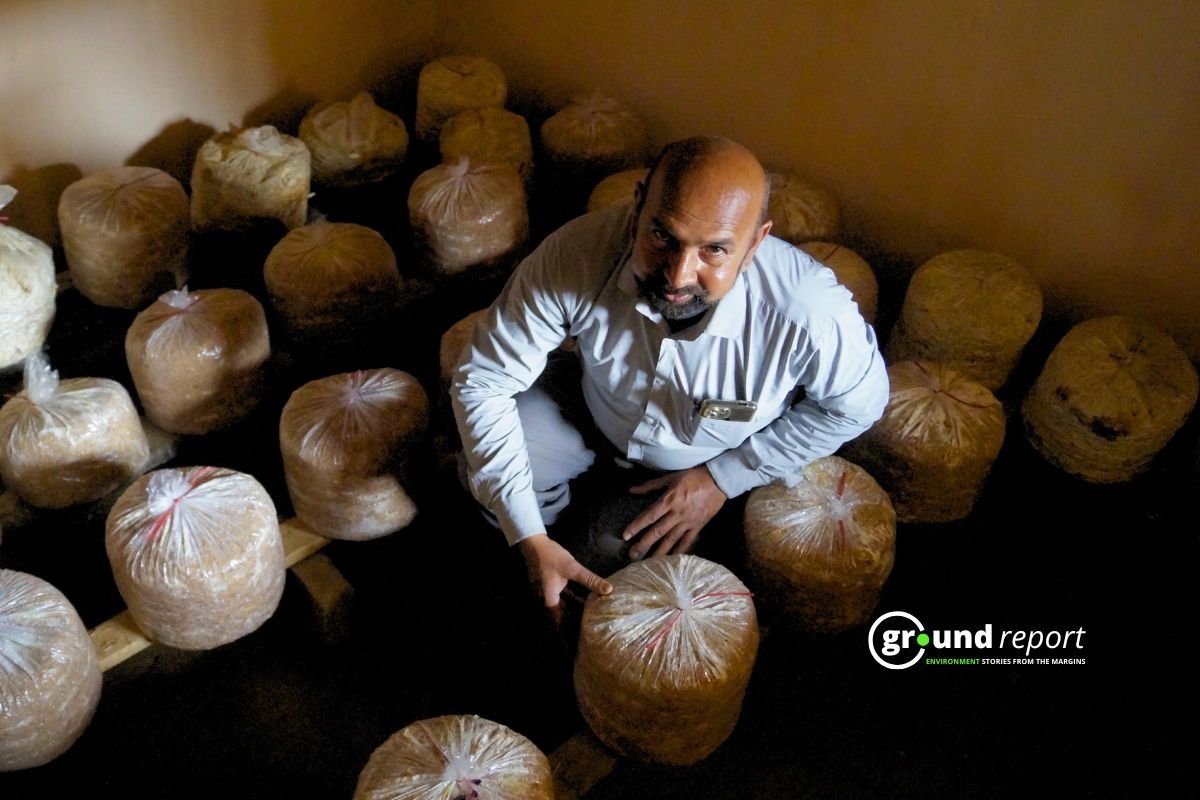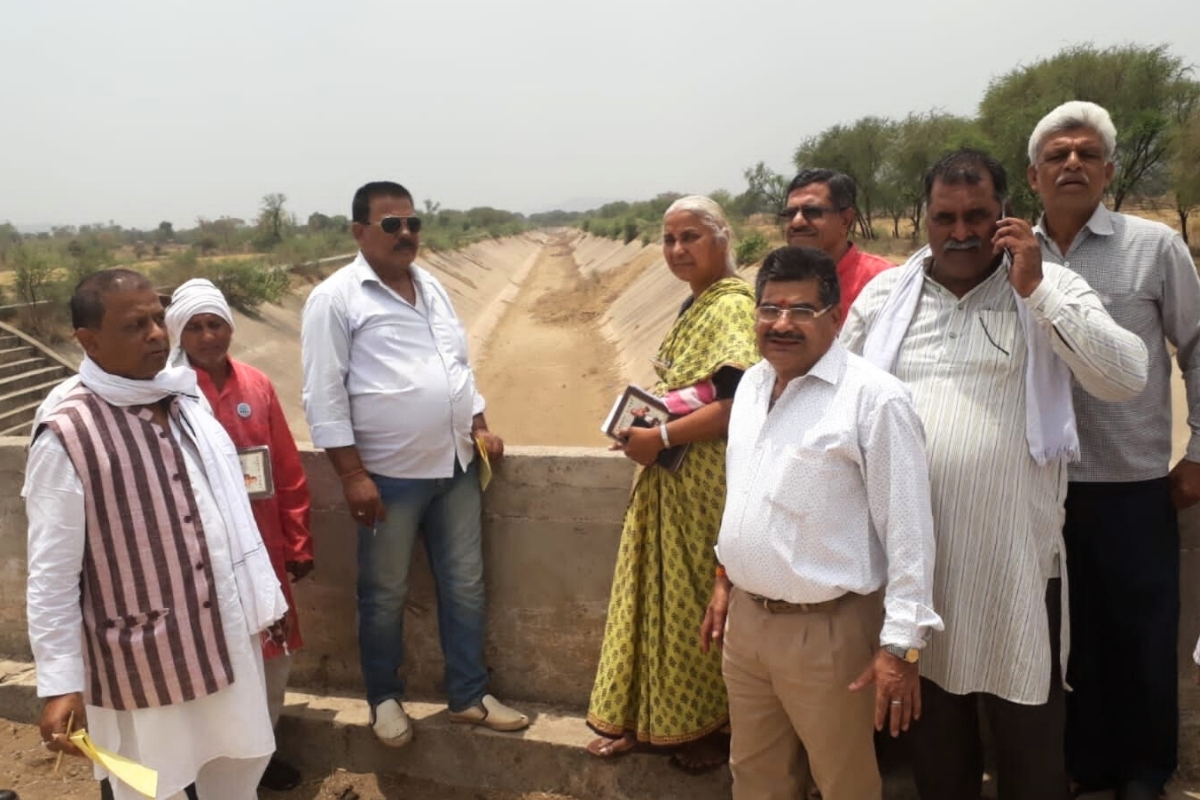Snow is melting faster in the Himalayas. It’s not staying on the ground as long as it used to. A new report shows this problem is getting worse every year. The report confirms that 2025 marks the third consecutive year of below-normal snow levels in the HKH region. These changes are particularly worrying as they affect water availability for nearly two billion people.
“This is a wake-up call for all nations relying on the rivers that originate in the Hindu Kush Himalaya,” said Sher Muhammad, Remote Sensing Specialist at ICIMOD and lead author of the Snow Update 2025.
Across three major river basins — the Ganga, Indus, and Brahmaputra — snow persistence has dropped to levels not seen in over two decades. In the Ganga basin, snow persistence reached a high of +30.2% in 2015, but by 2025, it had fallen to a worrying -24.1%, the lowest in 23 years.
This sharp decline threatens early summer river flows, crucial for agriculture, hydropower, and drinking water. “We are already seeing the impacts on water flow, and the situation is only expected to get worse,” said Pema Gyamtsho, ICIMOD’s Director General.
What the data shows
The Indus basin also faces a severe reduction in snow persistence. From a peak of +19.5% in 2020, it fell to -24.5% in 2024, and further dropped to -27.9% in 2025. This continuous decline threatens the water supply for 300 million people who rely on the Indus river for their daily needs. “This sustained deficit in snow persistence is critical for the region’s water management. The people of the Indus basin are already feeling the strain,” said Sher Muhammad.
The Brahmaputra basin, which once had a snow persistence peak of +27.7% in 2019, has seen its levels fall to -27.9% in 2025. This ongoing drop puts the region’s hydropower production and agricultural activities at risk, especially during the crucial early summer months. “The continued decline in snow cover is a serious concern. We must urgently address this before it leads to major water shortages,” said an ICIMOD expert on the Brahmaputra basin.
A particularly concerning trend is emerging in the Tibetan Plateau, a key water source for many rivers feeding into the Indian Subcontinent. In 2022, snow persistence on the Tibetan Plateau was at +92.4%, but by 2025, it had dropped to -29.1%. This drastic shift points to the plateau’s extreme sensitivity to climate change. Experts are worried that these rapid fluctuations will continue to worsen, affecting the water security of the region.
The report covers data from 2003 to 2025, showing that snow persistence has been on a steady decline, with more severe fluctuations over the past five years.
What’s causing it?
According to the report, the most alarming reductions were seen in the Mekong and Salween basins, where snow persistence fell by -51.9% and -48.3%, respectively. The Tibetan Plateau, Brahmaputra, Yangtze, and Ganga basins also showed significant drops, indicating that this is a region-wide issue.
Sher Muhammad highlighted the urgency of the situation,
“We are facing a situation where consecutive years of below-normal snowfall are threatening water availability across the region. This is not just about snow. It’s about the future of millions of people who rely on this water for their livelihoods.”
These snow anomalies are already affecting the region’s hydropower systems, agriculture, and water supply. In many places, rivers that depend on seasonal snowmelt for their flow are showing reduced levels of water. This puts additional pressure on agriculture, as crops depend on regular water supplies. Hydropower plants, which depend on consistent river flow, are also facing reduced efficiency due to lower water levels.
The report makes it clear that immediate action is necessary to mitigate these risks. “We need better water management, early warning systems, and stronger drought preparedness,” said Gyamtsho. “The current snow anomalies are a clear signal that we need to change the way we manage water in this region.”
Recommendations
One of the key recommendations is to invest in infrastructure for seasonal water storage and to improve the efficient use of meltwater. “We must develop adaptive infrastructure that can store water when available and use it wisely during dry spells,” said the report. Additionally, it calls for greater regional cooperation to ensure that all countries in the region work together to address the shared challenges of water scarcity and climate change.
The report stresses that the ongoing changes in snow persistence are not just a short-term issue but part of a long-term pattern driven by climate change. As Pema Gyamtsho pointed out,
“The rise in carbon emissions has already locked us into a future of recurrent snow anomalies. It’s up to us to adapt to this new reality and prepare for the challenges ahead.”
The third consecutive year of below-normal snow in the Hindu Kush Himalayas serves as a stark reminder of the growing water crisis facing millions of people. The sharp decline in snow persistence threatens the region’s food, water, and energy security.
With urgent action, including better water management, improved infrastructure, and stronger regional cooperation, the region can work toward mitigating these challenges and building resilience for the future.
Support us to keep independent environmental journalism alive in India.
Keep Reading
‘Forever Chemicals’ found in all the world’s toilet paper
Trump shuts down staff helping families pay heating bills
Full list of words banned by Trump, including ‘Climate Change’
Oil companies seek Trump’s help to fight climate lawsuits & regulations
Follow Ground Report on X, Instagram and Facebook for environmental and underreported stories from the margins. Give us feedback on our email id greport2018@gmail.com.
Don’t forget to Subscribe to our weekly newsletter, Join our community on WhatsApp, and Follow our YouTube Channel






